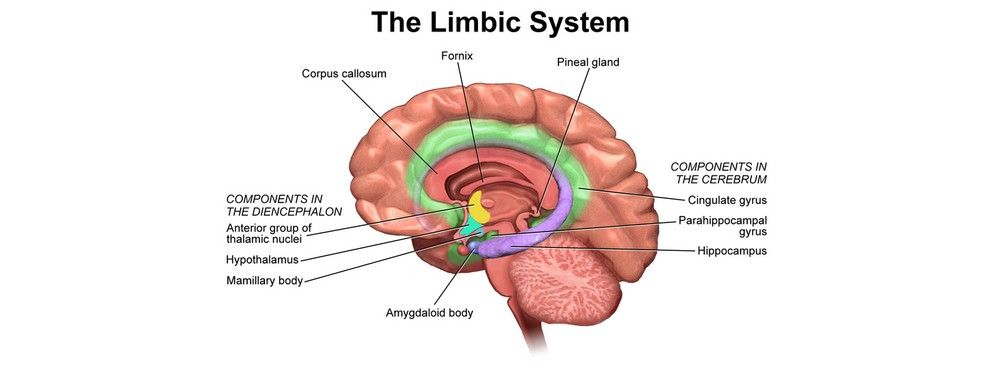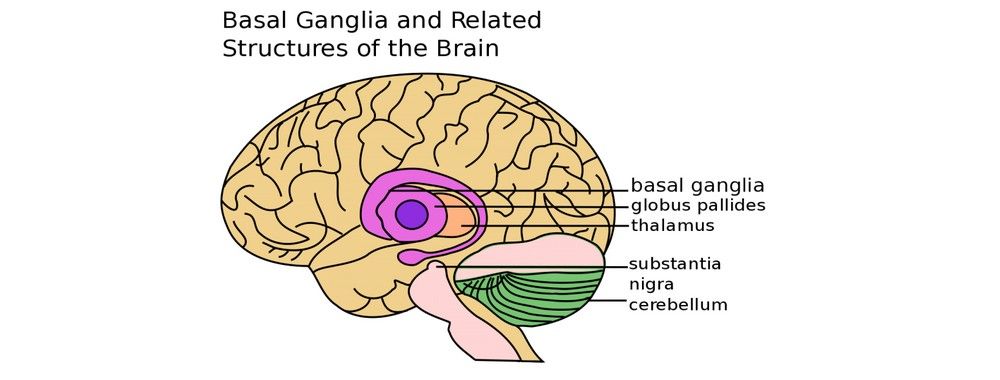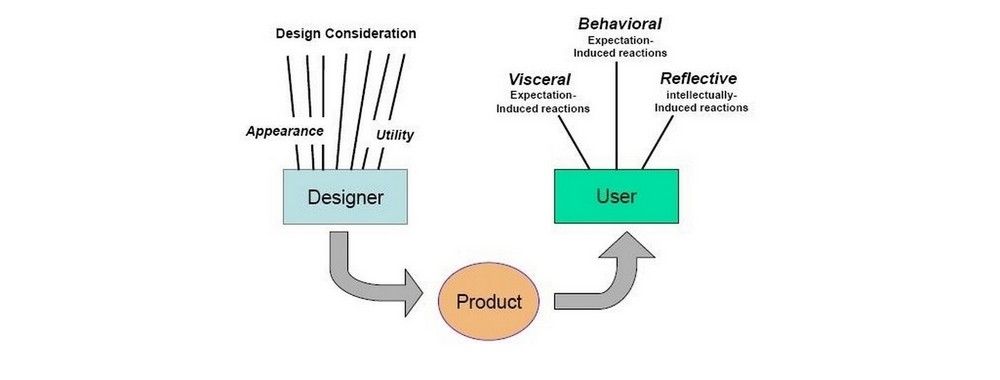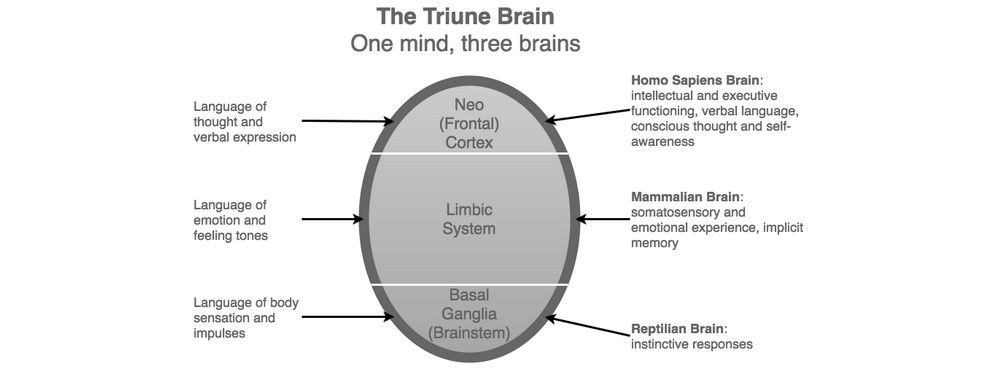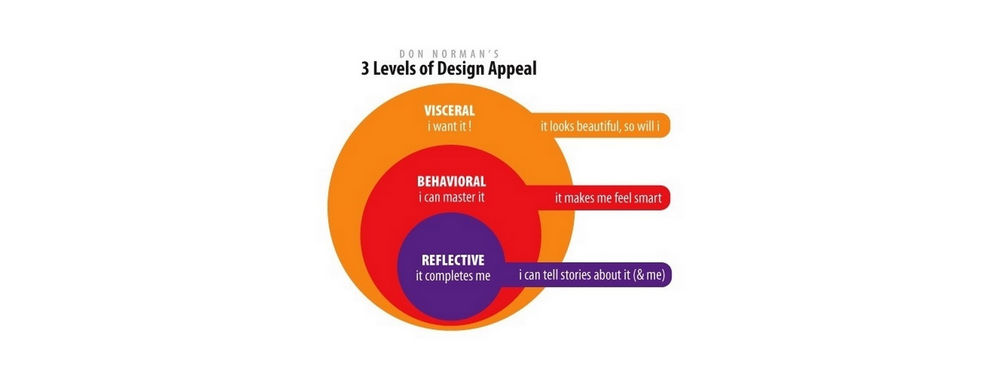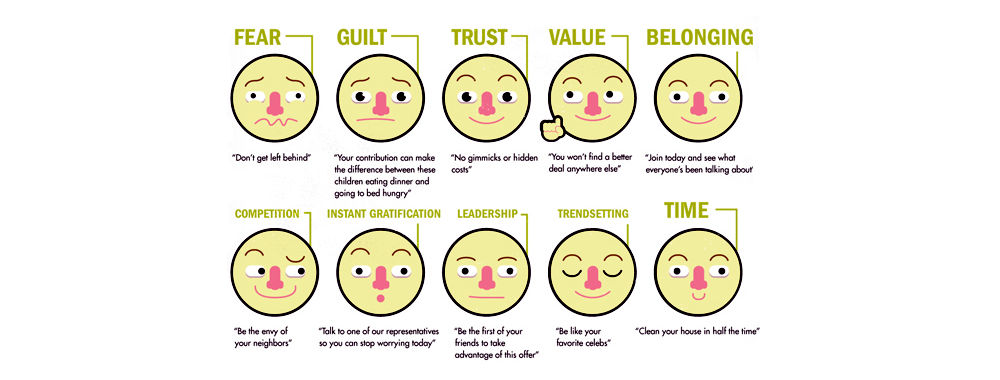In 1952, Paul MacLean introduced the term 'limbic system', which refers to the interconnected brain structures responsible for much of our emotional experience. MacLean's recognition of the limbic system as an important and functional set of connected structures perhaps represents his most prominent contribution to the field of neuroscience. Within MacLean's Triune brain model, the limbic system is considered to be the 'emotional' brain, as the component structures have been shown to display high levels of neural activity during emotional experiences. The triune brain model is based on an evolutionary view of human brain development, and MacLean proposed that the limbic system was 'acquired' at an early stage in mammalian evolution. This development was particularly important to human evolution, as the limbic system is implicated in the motivation and emotion required for feeding activities, reproductive behavior, and parental behavior.
The role of the paleomammalian/emotional brain
The emotional brain is also referred to as the paleomammalian brain, due to the development of the component brain structures occurring early in the evolution of man. The paleomammalian brain is not only important due to the role it plays in emotion and motivation; this brain structure is also responsible for enhancing learning and memory, providing greater flexibility in our behavior, and enabling us to monitor events outside and inside our bodies, which is an essential quality for the development of the 'self'. Other mental activities attributed to paleomammalian brain functioning include the formation of emotional attachments and play-based behavior, which itself plays an integral part in the transmission of behavior between young and adult mammals.
The amygdala and the affective system
Within the limbic system sits the amygdala, which has been shown to control our instantaneous emotional responses. The amygdala is, therefore, likely to represent the brain region in charge of the affective system, which is responsible for many of our judgments, such as discerning between good and bad, safe and threatening, and friend and foe.
One further, important responsibility of the amygdale (plural of amygdala, as we have two), is to help us identify facial expressions. We use facial expression information to make the value judgment of friend or foe, and this value judgment is also important to consumer and user behavior, where faces are often used to engender positive feelings. As the amygdala is in charge of our judgmental system, it helps us determine which brands, products and sites we can trust and which ones are threatening or of no use to us.
The role of the thalamus in the emotional brain
The thalamus is another region of the brain implicated in the limbic system; this structure is found at the heart of the forebrain and is responsible for emotion processing, such as fear, sadness, disgust, happiness, and pleasure. The thalamus plays an essential role in sensory processing; all sensory input, other than olfactory information, is processed in this region of brain, hence the nickname 'Grand Central Station'.
The role of Ventral Tegmentum in the emotional brain
Located within the midbrain, the ventral tegmentum (VTA) is important in cognition, motivation, intense emotional responses related to love, and our sense of natural reward. The VTA is responsible for processing emotional output from the amygdale, and is, therefore, thought to play an integral role in our avoidance and fear response. Much of the activity that occurs in the VTA takes place unconsciously, and it is this region of the brain that determines much of our impulsive behavior. The VTA contains dopaminergic neurons, which release dopamine when stimulated by sensory information. This biological response reinforces the impulsive actions, such as buying food that is bad for us, that excite the dopaminergic neurons, which creates what we refer to as the reward system (i.e. the dopamine reward circuit).
The Take Away
The emotional brain represents one of the 'three brains' proposed by neuroscientist Paul MacLean in his 'Triune Brain' model. MacLean referred to the limbic system, which is largely in control of the human emotional response, as the paleomammalian brain. This region is thought to have developed some time after the 'reptilian', or primal, brain. The component structures that make up the paleomammalian brain include the amygdale, the thalamus, and the ventral tegmental area (VTA). Each of these regions plays an integral role in our emotional response to sensory stimulation. One of the primary functions of the paleomammalian brain is to help us distinguish between positive and negative things in our environment: good from bad. This overall system is also in charge of the natural reward circuit, where dopamine is released following sensory stimulation, which reinforces positive experiences, such as impulsive buying of clothes, food, etc. Given this, we have a powerfully accurate 'road map' to work from in our design considerations.
References and where to learn more
Hero Image: Copyright holder: BruceBlaus on Wikimedia, Copyright Terms and License: CC-BY-3.0
Course: The Brain and Technology: Brain Science in Interface Design
Course: Emotional Design — How to Make Products People Will Love
